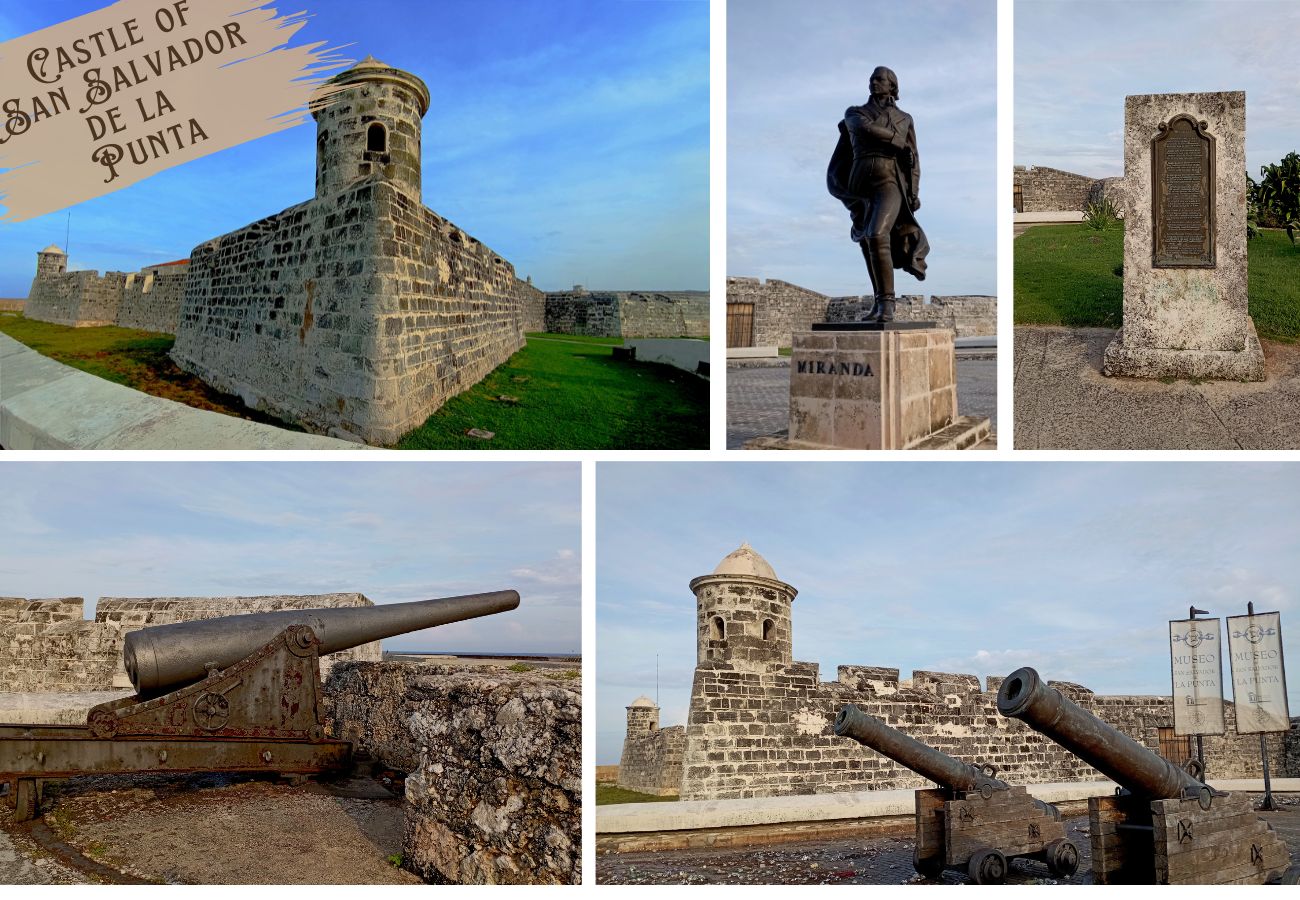
A few days ago, I had the opportunity to visit the Castillo de San Salvador de La Punta, one of Havana's fortifications. Although my intention was to visit the museum it currently houses, I found that it was closed due to cleaning work after the strong tidal waves caused by a hurricane recently. These natural events brought with them a large amount of man-made debris, reminding us of the importance of not polluting our seas.
Hace unos días, tuve la oportunidad de acercarme al Castillo de San Salvador de La Punta, una de las fortificaciones de La Habana. Aunque mi intención era visitar el museo que actualmente alberga, me encontré con que estaba cerrado debido a las labores de limpieza tras las fuertes marejadas provocadas por un huracán recientemente. Estos eventos naturales trajeron consigo una gran cantidad de desechos arrojados por el hombre, recordándonos la importancia de no contaminar nuestros mares.
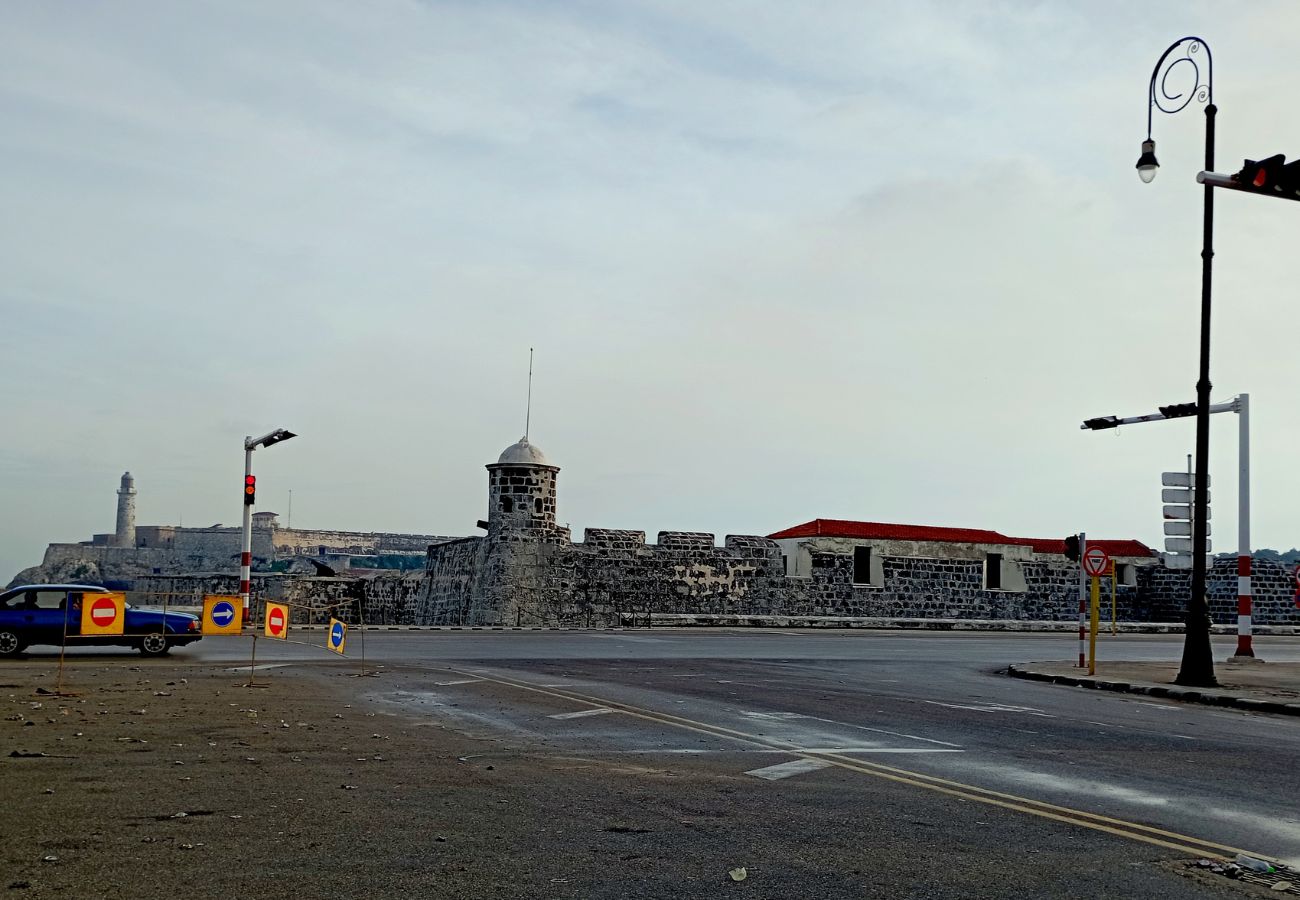
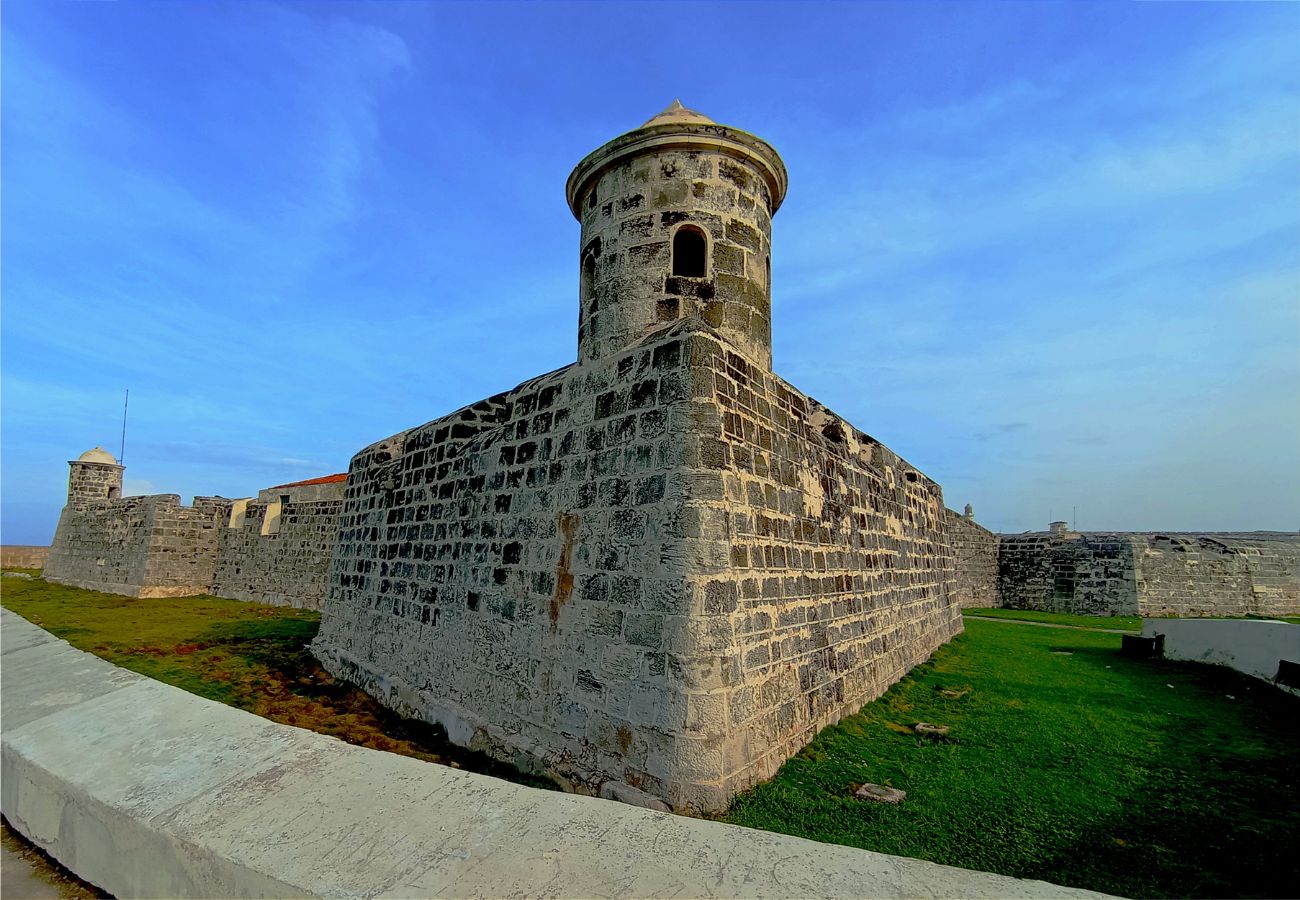
Despite not being able to enter, I decided to walk around the castle. This place, with more than 400 years of history, is a living testimony of Renaissance architecture and the human capacity to create structures that endure over time. Built around 1630, the castle was designed to protect the bay of Havana from frequent attacks. Its structure adapts to the irregularities of the terrain, with carved stone walls that reach great height and thickness.
A pesar de no poder entrar, decidí recorrer los alrededores del castillo. Este lugar, con más de 400 años de historia, es un testimonio vivo de la arquitectura renacentista y de la capacidad humana para crear estructuras que perduran en el tiempo. Construido alrededor de 1630, el castillo fue diseñado para proteger la bahía de La Habana de los frecuentes ataques que sufria. Su estructura se adapta a las irregularidades del terreno, con muros de piedra tallada que alcanzan gran altura y grosor.
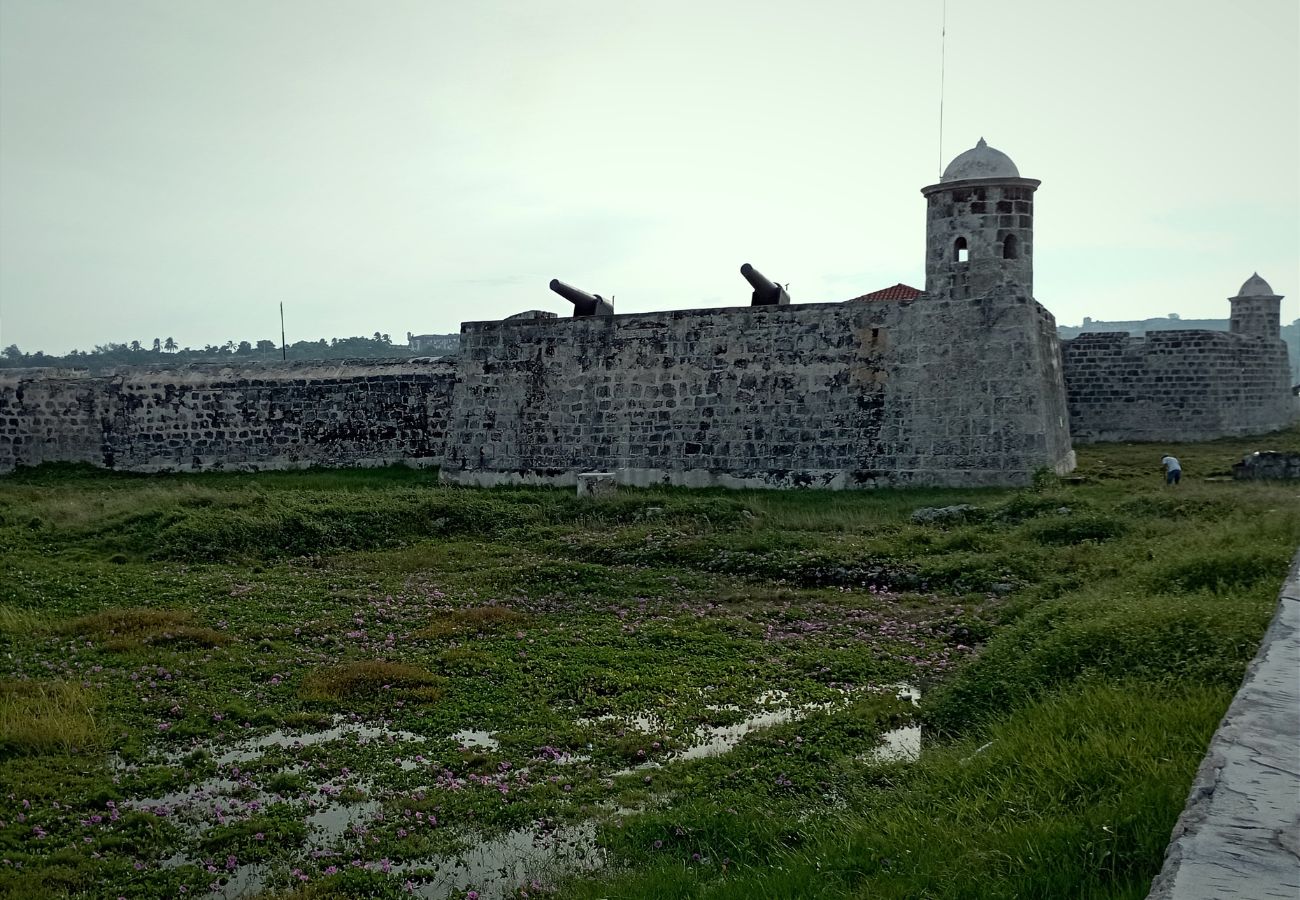
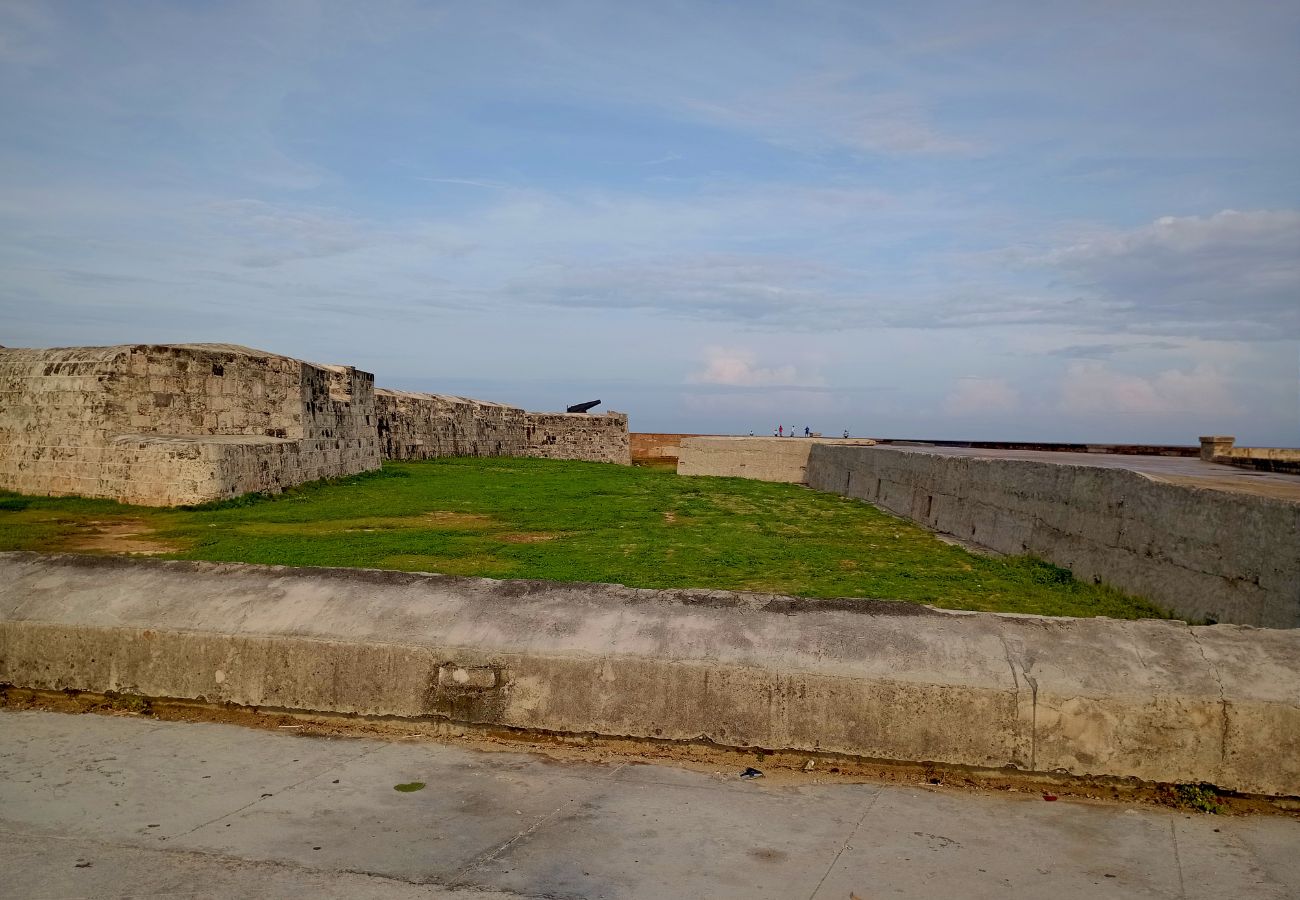
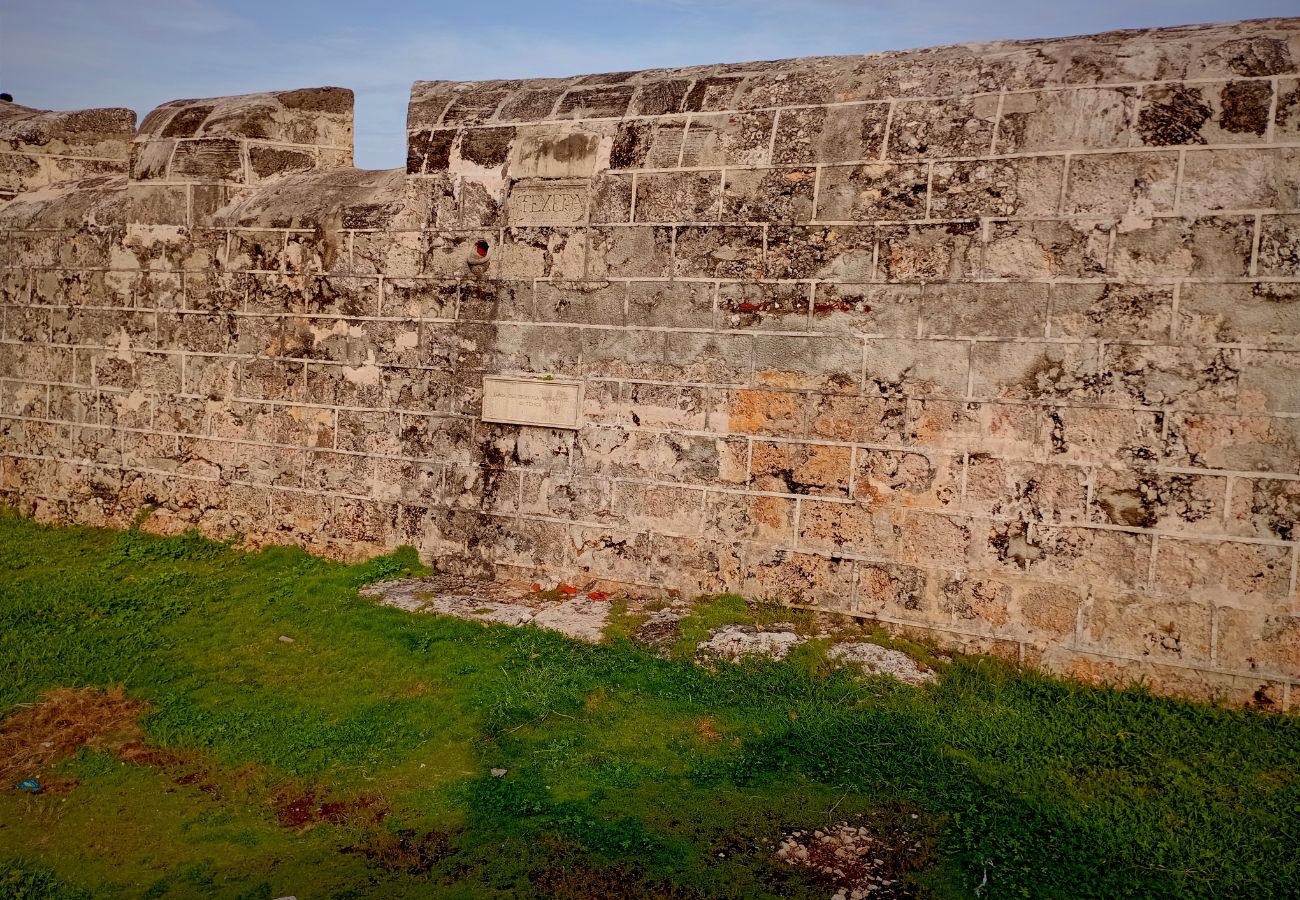
The Castillo de La Punta is located right in front of the Castillo de los Tres Reyes Magos del Morro, creating an impressive panorama on the other side of the bay. From its surroundings this other fortification is clearly visible, which made me reflect on the strategic importance of these places in the defense of the city. At some point in the past a chain was sent from one side to the other to close the passage to the bay, you can still see the iron columns where it was fastened.
El Castillo de La Punta está situado justo enfrente del Castillo de los Tres Reyes Magos del Morro, creando un impresionante panorama al otro lado de la bahía. Desde sus alrededores se divisa claramente esta otra fortificación, lo que me hizo reflexionar sobre la importancia estratégica de estos lugares en la defensa de la ciudad. En algún momento del pasado se envió una cadena de un lado a otro para cerrar el paso a la bahía, aún se pueden ver las columnas de hierro donde estaba sujeta.
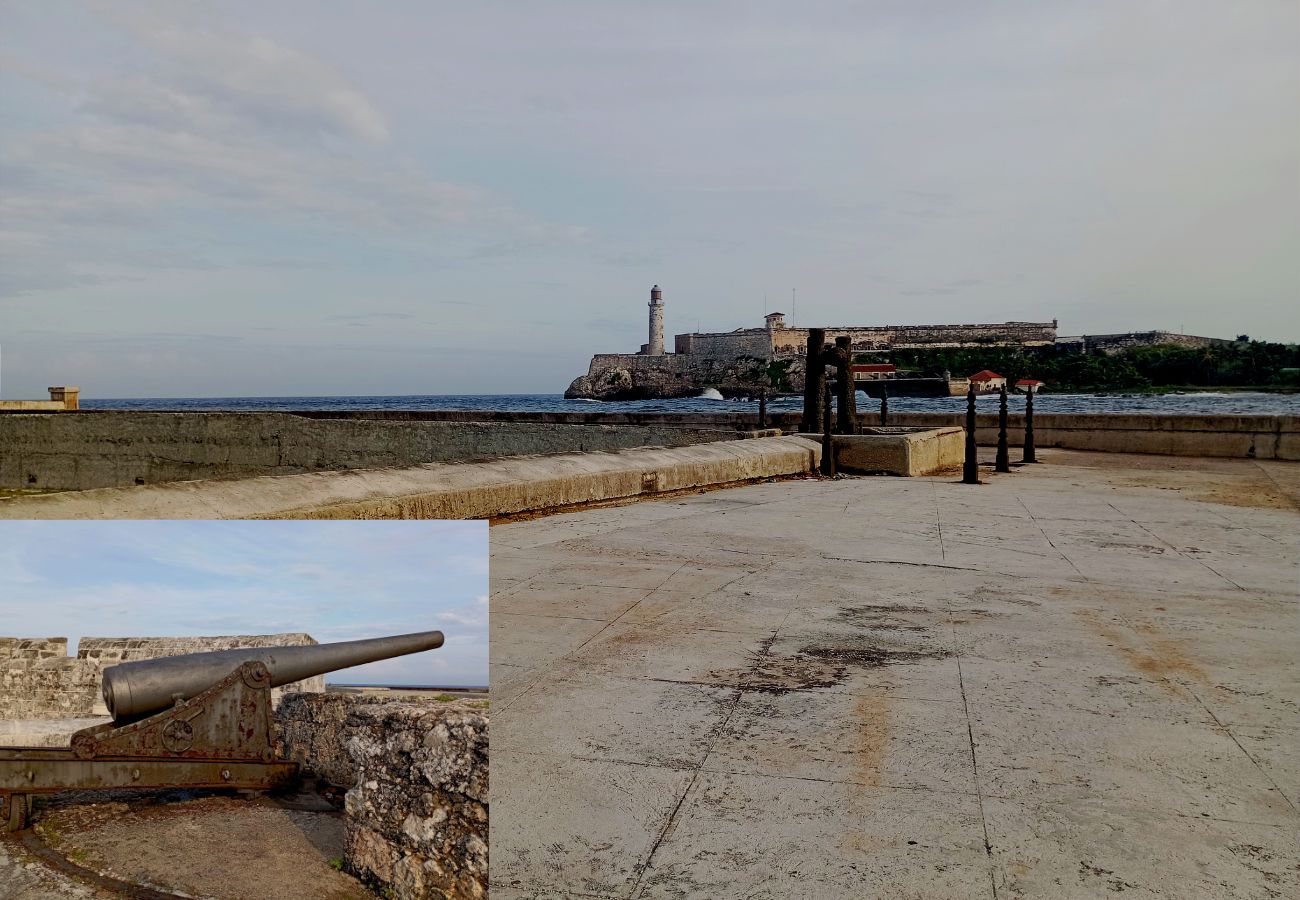
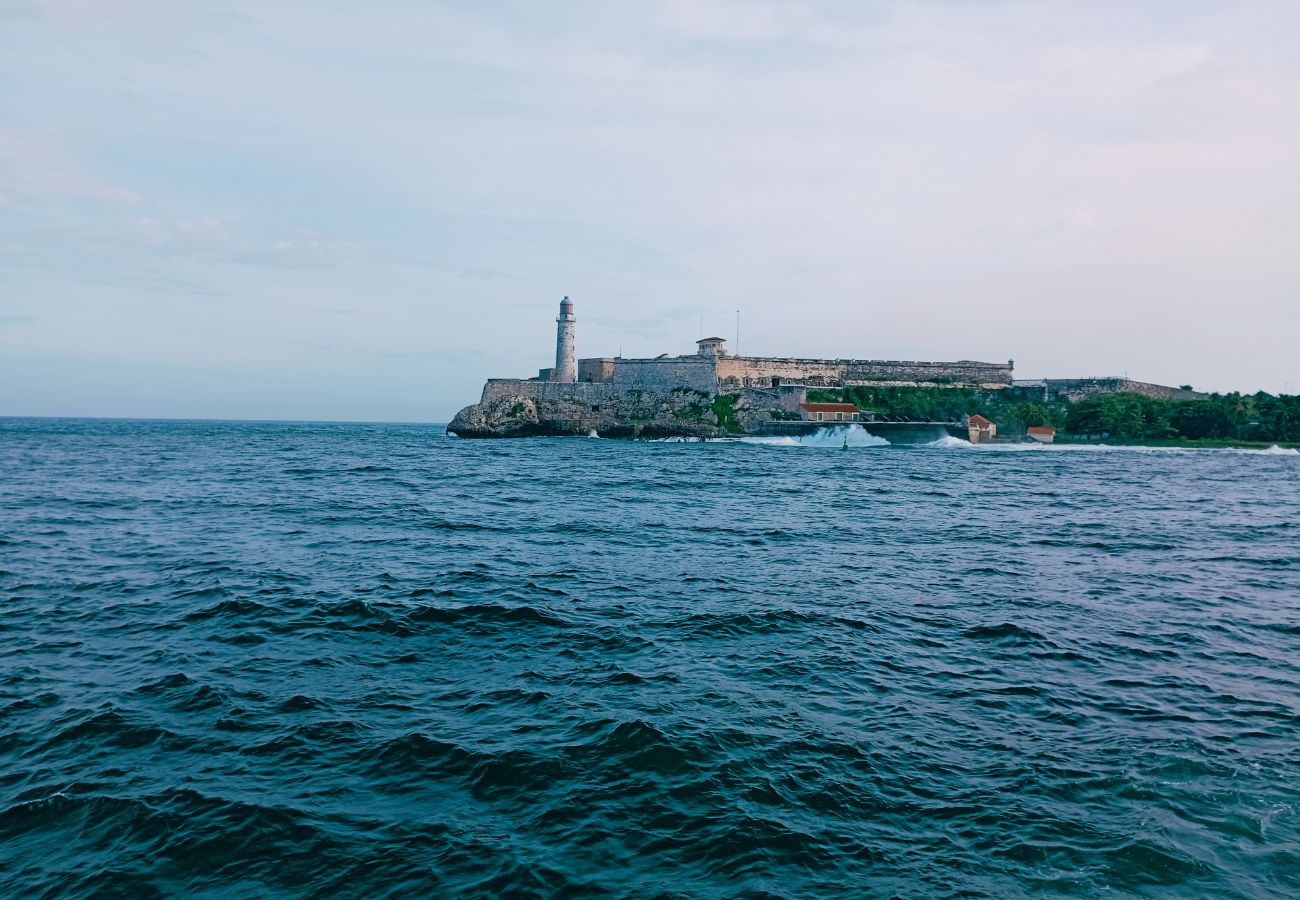
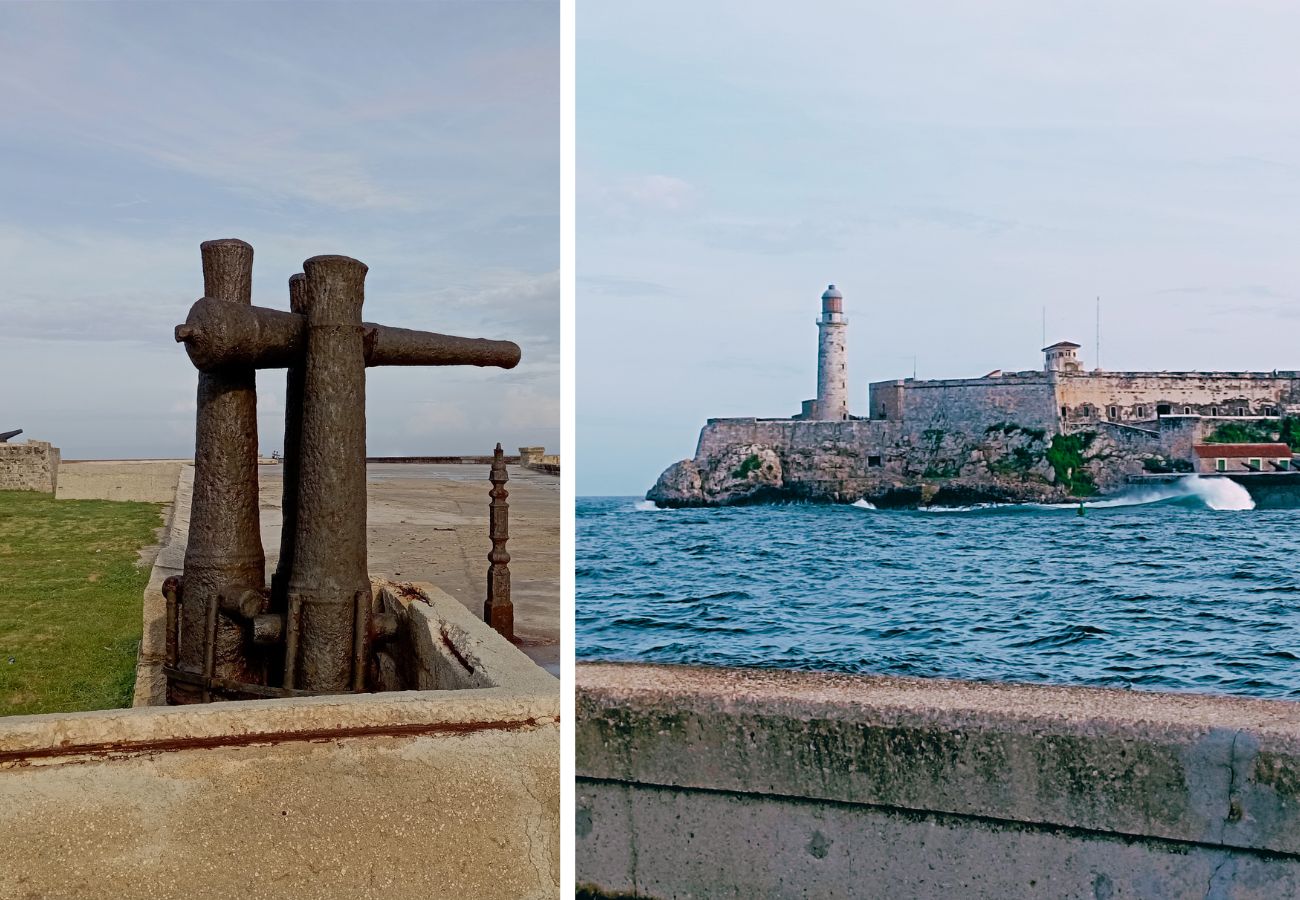
Outside the entrance I came across the statue of Francisco de Miranda, a Venezuelan politician, military man and writer, known as the precursor of the emancipation of the Spanish-American colonies. This statue represents his legacy and his struggle for the independence of Latin America. In addition, there is a column with a plaque where the verses of Bonifacio Byrne are engraved, which speak of love for the homeland. These details not only embellish the place, but also connect us with Cuba's rich history.
En el exterior de la entrada encontré con la estatua de Francisco de Miranda, un político, militar y escritor venezolano, conocido como el precursor de la emancipación de las colonias hispanoamericanas. Esta estatua representa su legado y su lucha por la independencia de América Latina. Además, hay una columna con una tarja donde están grabados los versos de Bonifacio Byrne, que hablan del amor a la patria. Estos detalles no solo embellecen el lugar, sino que también nos conectan con la rica historia de Cuba.
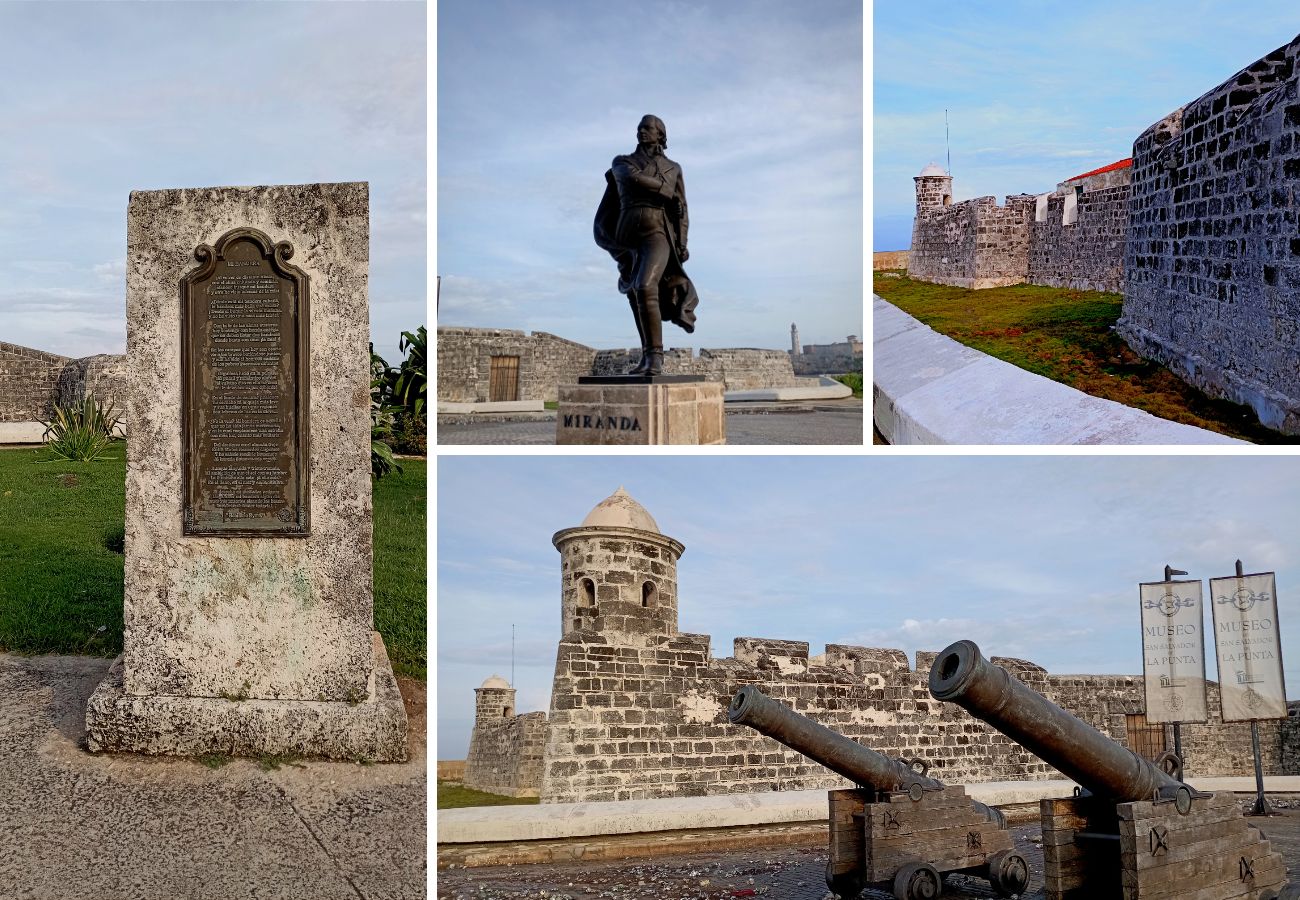
During my tour around the castle, I observed the cannons that still point to the sea, reminding us of its original defensive function. This castle is not only an architectural jewel of incalculable value, but it also nourishes us with history and tells us about the resistance of Havana, a city that in colonial times was highly coveted. UNESCO declared this castle, as part of the city's system of fortifications, a World Heritage Site, recognizing its universal value. It is a source of pride for the people of Cuba that it has remained standing to this day despite being only a few steps from the sea.
Durante mi recorrido por los alrededores del castillo, observé los cañones que aún apuntan al mar, recordándonos su función defensiva original. Este castillo no sólo es una joya arquitectónica de incalculable valor, sino que también nos nutre de la historia y nos habla de la resistencia de La Habana, una ciudad que en la época colonial fue muy codiciada. La UNESCO declaró este castillo, como parte del sistema de fortificaciones de la ciudad, Patrimonio de la Humanidad, reconociendo su valor universal. Es un orgullo para el pueblo de Cuba que se haya mantenido en pie hasta nuestros días a pesar de estar a sólo unos pasos del mar.
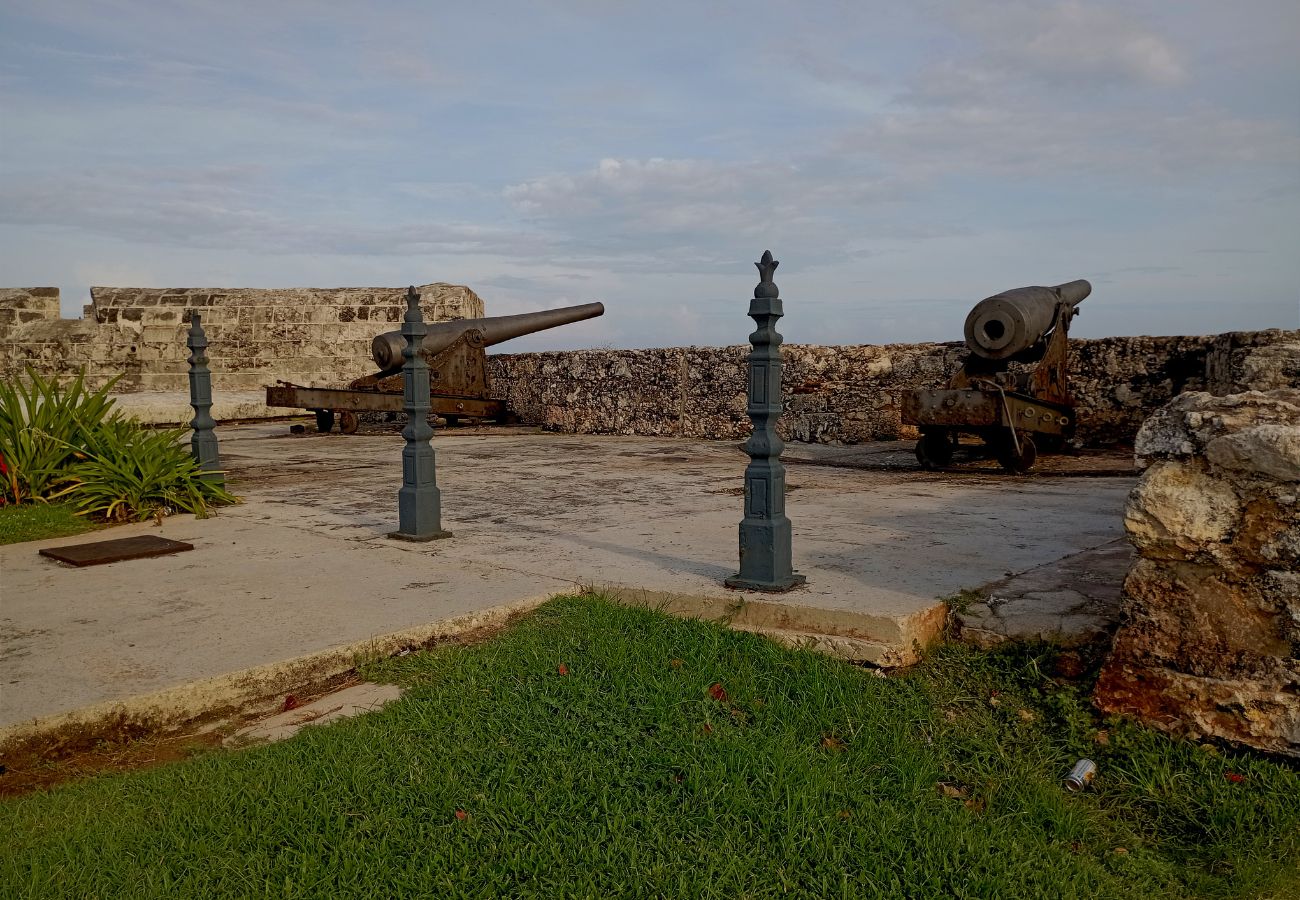
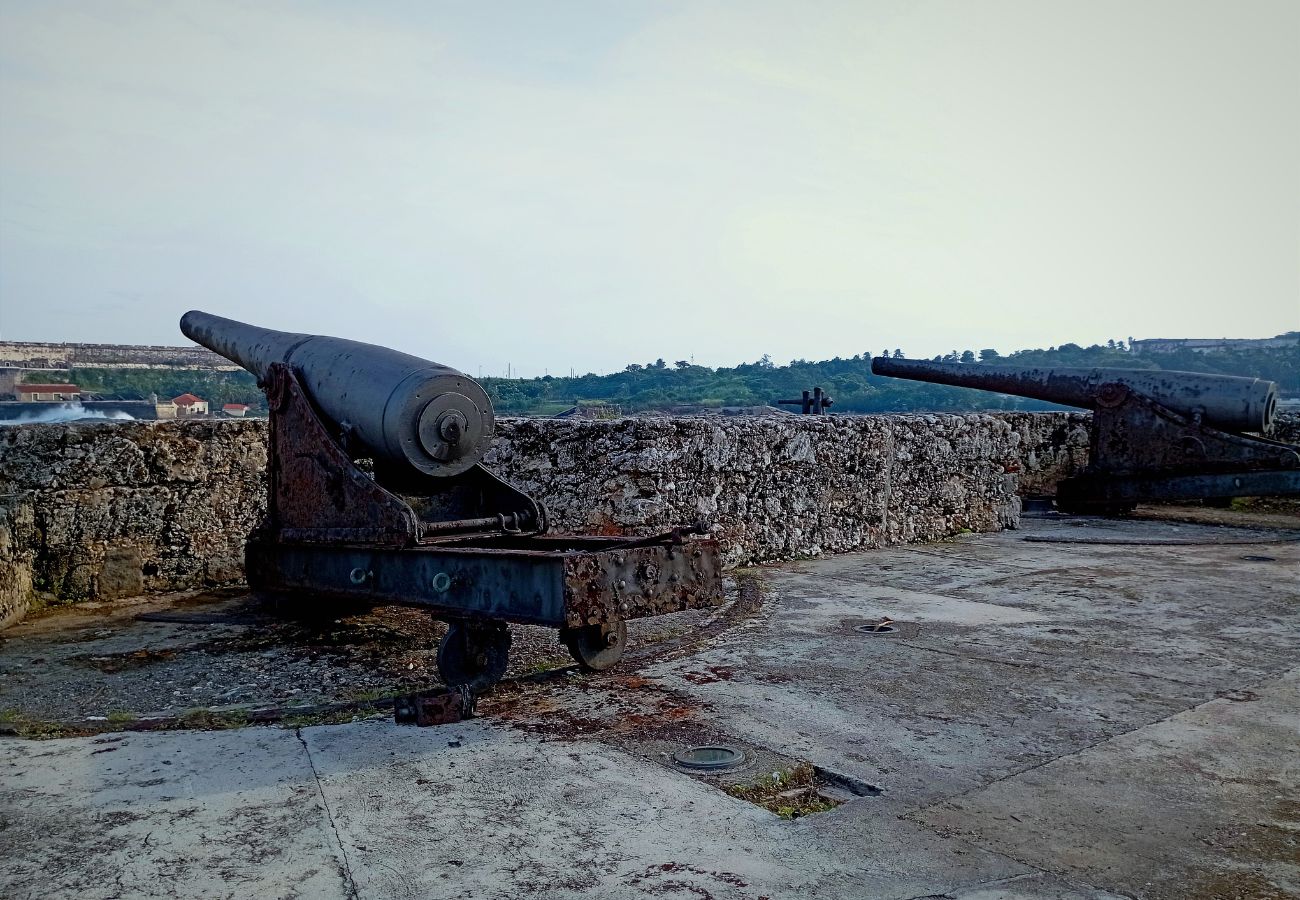
The small but well-kept outdoor garden adds a touch of serenity to the surroundings. The large entrance gate, made of noble wood, and the cannons with wooden bases, along with the banners with the name of the castle, complete the image of this unique place.
El pequeño pero cuidado jardín exterior añade un toque de serenidad al entorno. La gran puerta de entrada, de madera noble, y los cañones con bases de madera, junto con los estandartes con el nombre del castillo, completan la imagen de este lugar único.
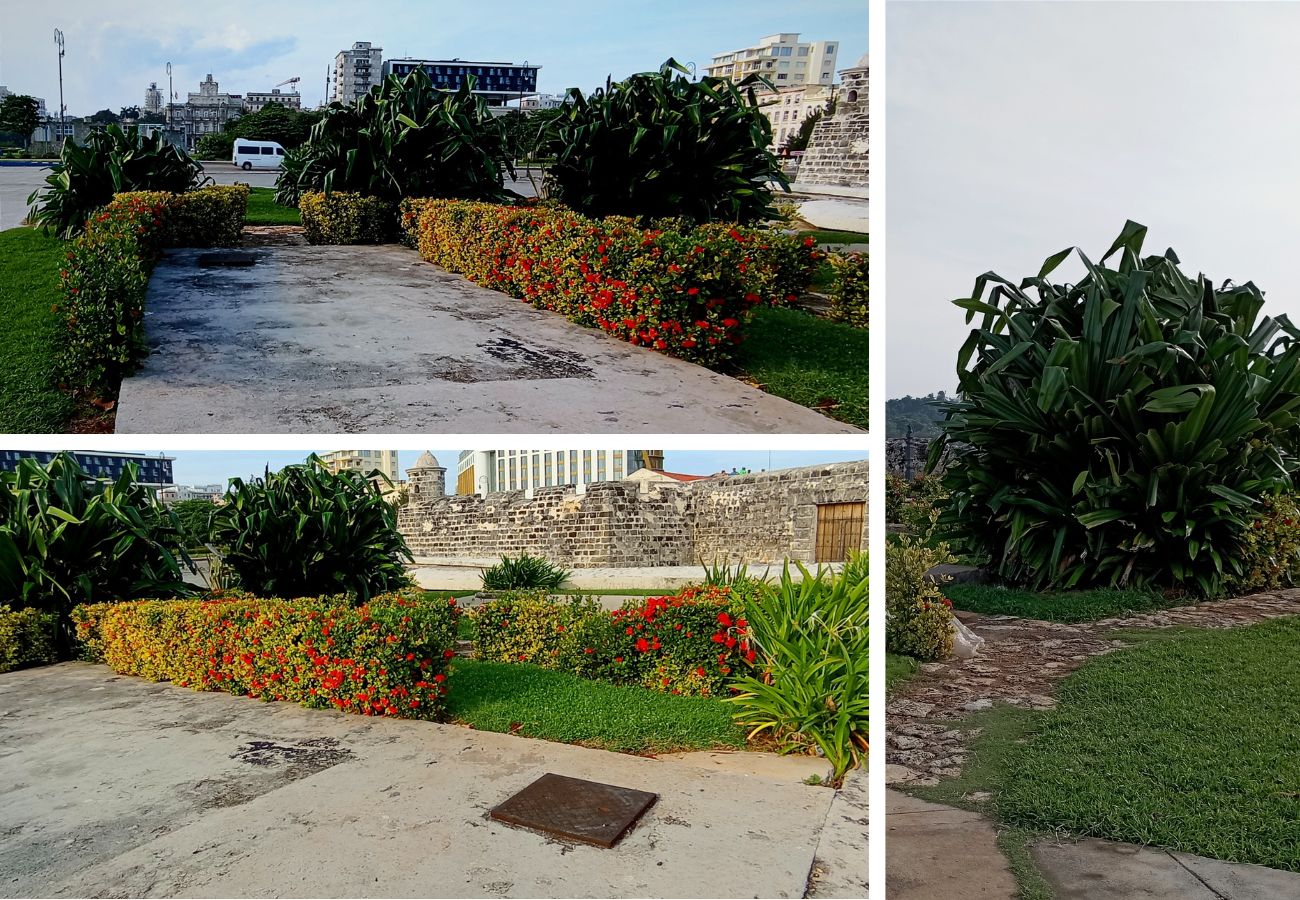
The entrance, linteled, stands out for its cushioning, which adds a touch of elegance. The large wooden entrance gate, with a path leading to it, is surrounded by a shallow dug moat. It is surrounded by a shallow moat dug into the coastal rock and cannons with wooden bases, together with banners bearing the name of the castle, complete the image of this unique place.
La entrada, adintelada, destaca por su almohadillado, que añade un toque de elegancia. La gran puerta de entrada, de madera, con un camino que conduce a ella. Está rodeada por un foso poco profundo excavado en la roca costera y los cañones con bases de madera, junto con estandartes con el nombre del castillo, completan la imagen de este lugar único.
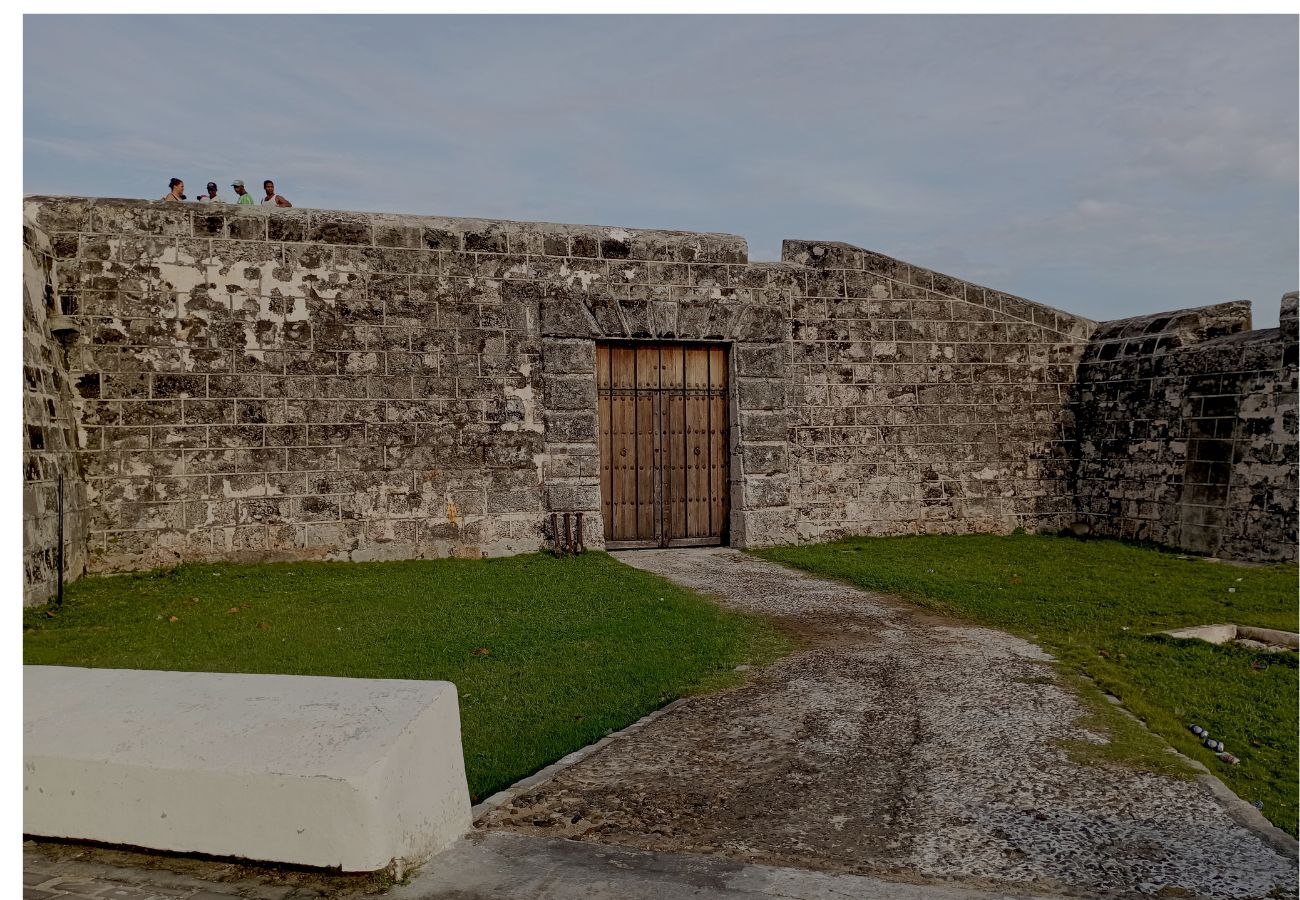
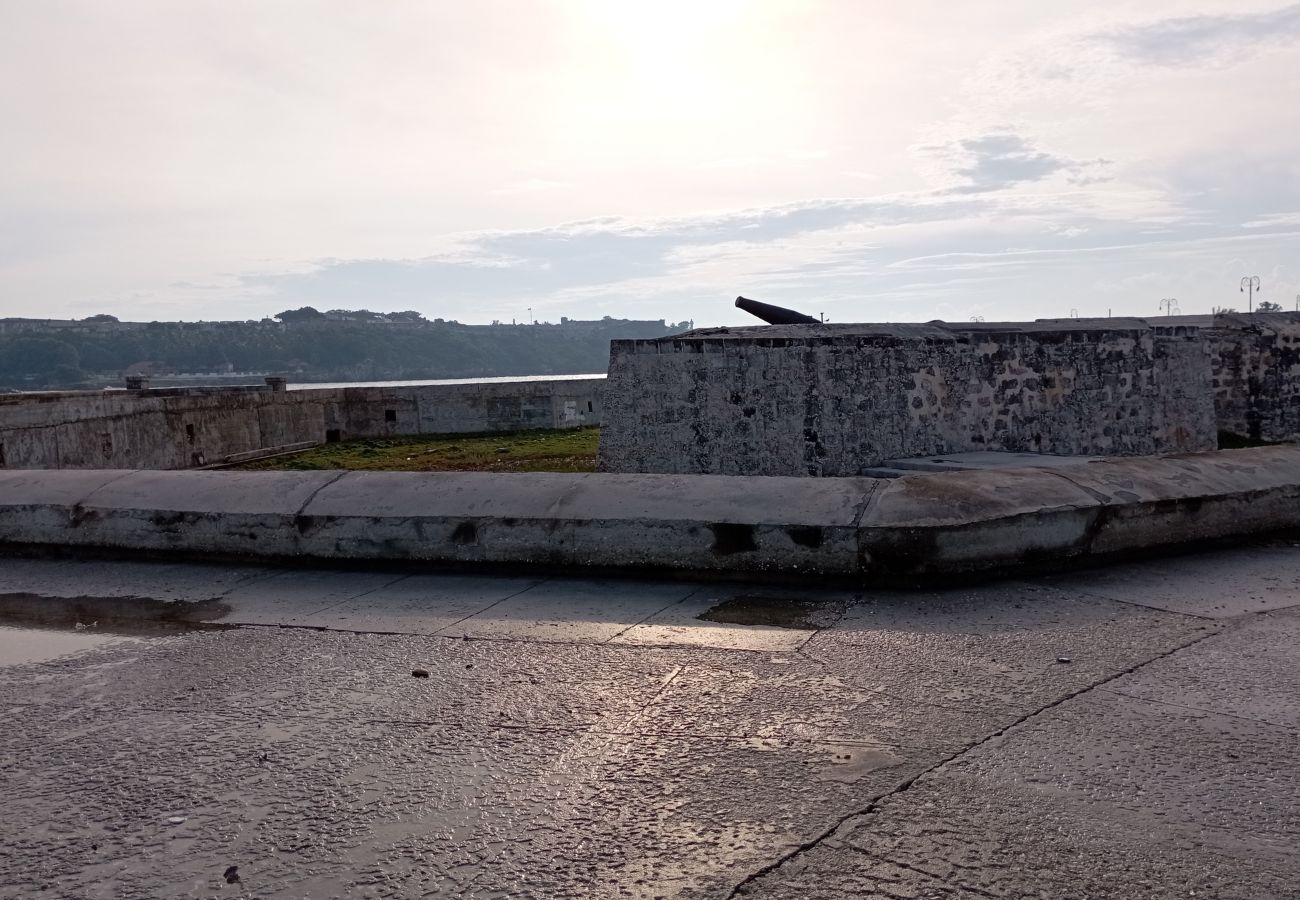
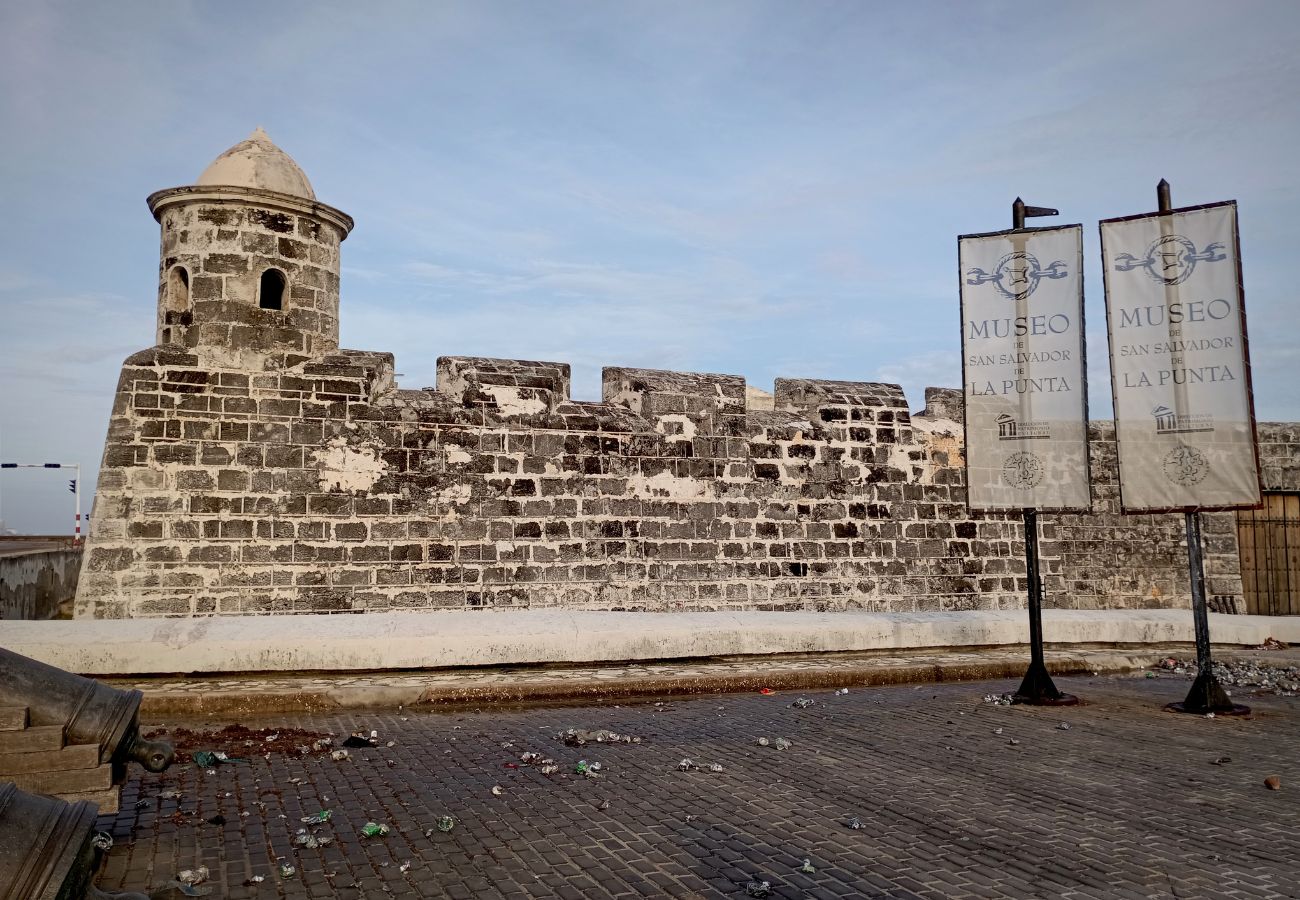
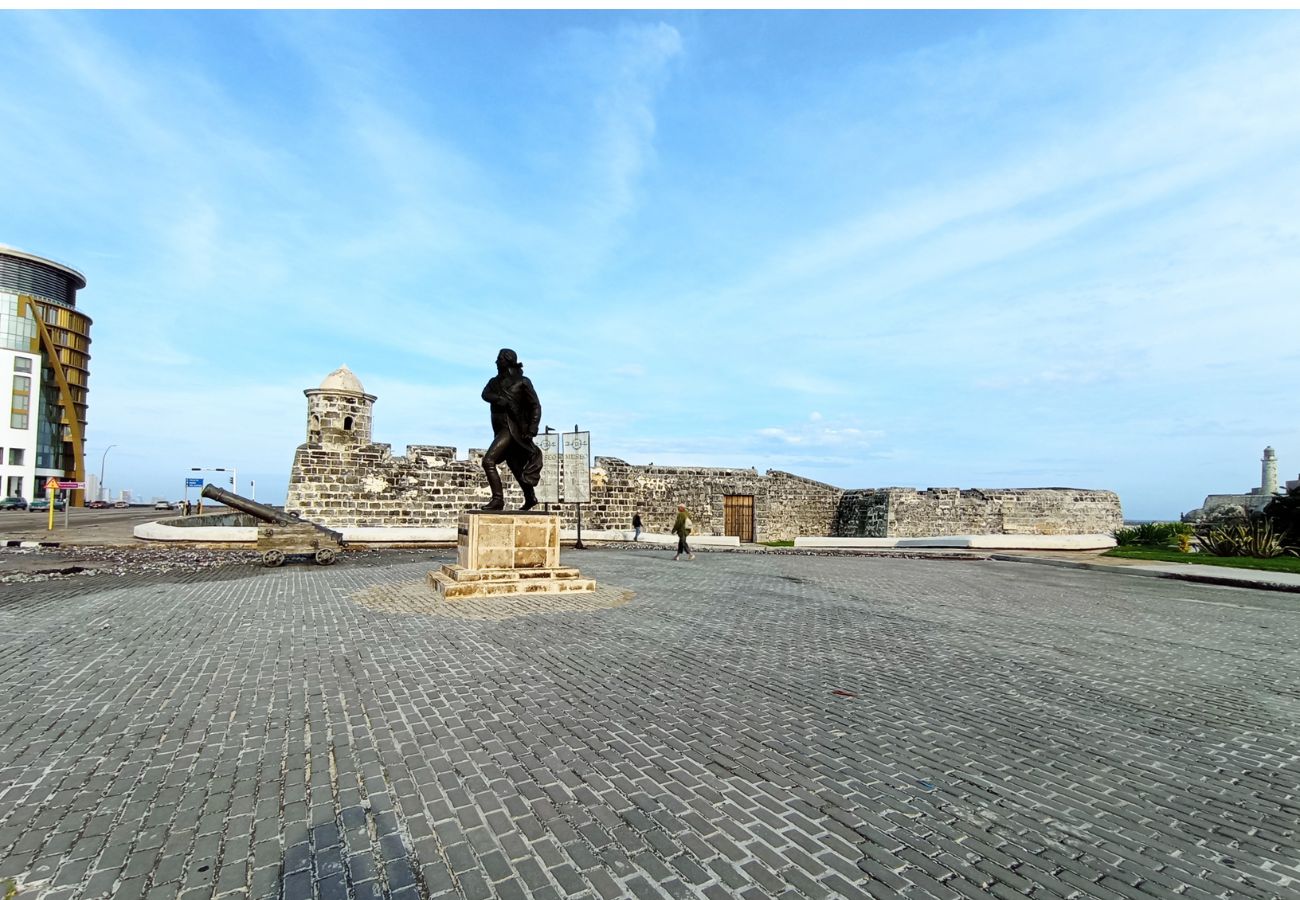
My visit, although it was not as I expected, allowed me to appreciate the beauty and importance of this place. The Castillo de San Salvador de La Punta is a reminder of our heritage and the need to preserve and care for our historical and natural monuments. Every stone, every canyon, and every verse engraved on its walls speaks to us of a past that is still alive in the present, inviting us to reflect on our history and our future.
Mi visita, aunque no fue como esperaba, me permitió apreciar la belleza y la importancia de este lugar. El Castillo de San Salvador de La Punta es un recordatorio de nuestra herencia y de la necesidad de preservar y cuidar nuestros monumentos históricos y naturales. Cada piedra, cada cañón, y cada verso grabado en sus muros nos habla de un pasado que sigue vivo en el presente, invitándonos a reflexionar sobre nuestra historia y nuestro futuro.

Las fotos fueron tomadas con mi teléfono Xiaomi Note 11, unidas y recreadas en canva.
Usar Traductor DeepL
The photos were taken with my Xiaomi Note 11 phone, joined and recreated in canva.
Use Translator DeepL
In order to clarify some data, I consulted the following page
Para precisar algunos datos consuté la siguiente página